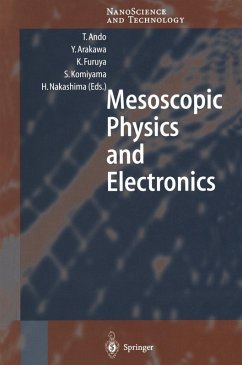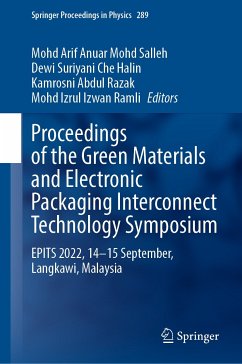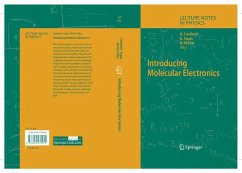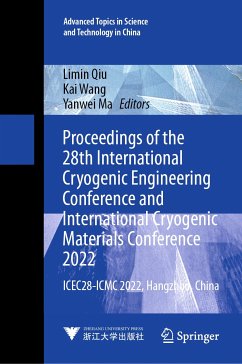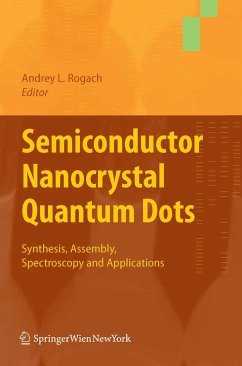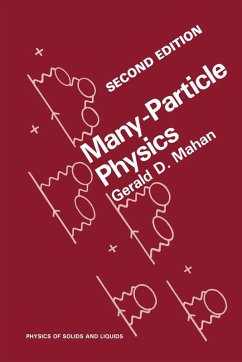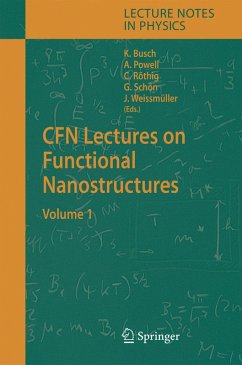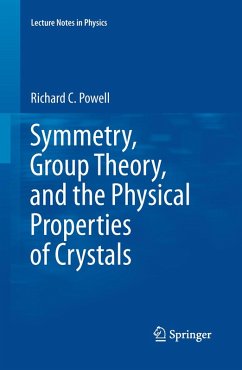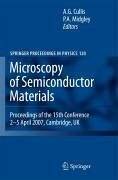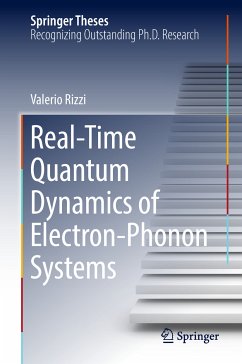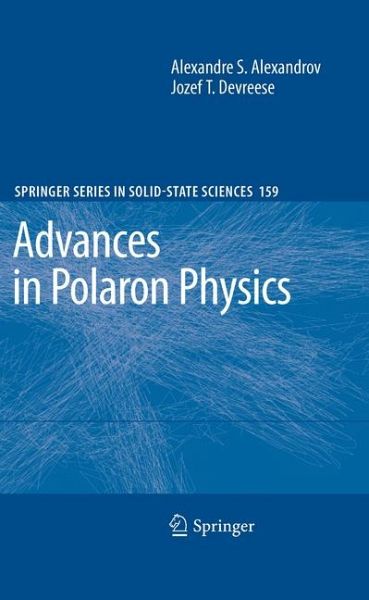
Advances in Polaron Physics (eBook, PDF)
Versandkostenfrei!
Sofort per Download lieferbar
72,95 €
inkl. MwSt.
Weitere Ausgaben:

PAYBACK Punkte
36 °P sammeln!
While basic features of polarons were well recognized a long time ago and have been described in a number of review papers and textbooks, interest in the role of electron-phonon interactions and polaron dynamics in di?- ent materials has recently gone through a vigorous revival. Electron-phonon interactions have been shown to be relevant in many inorganic and organic semiconductors and polymers, colossal magnetoresistance oxides, and tra- port through nanowires and quantum dots also often depends on vibronic displacements of ions. These interactions presumably play a role in hi- temperature su...
While basic features of polarons were well recognized a long time ago and have been described in a number of review papers and textbooks, interest in the role of electron-phonon interactions and polaron dynamics in di?- ent materials has recently gone through a vigorous revival. Electron-phonon interactions have been shown to be relevant in many inorganic and organic semiconductors and polymers, colossal magnetoresistance oxides, and tra- port through nanowires and quantum dots also often depends on vibronic displacements of ions. These interactions presumably play a role in hi- temperature superconductors as well. The continued interest in polarons extends beyond the physical description of advanced materials. The ?eld has been a testing ground for analytical, semi-analytical, and numerical techniques, such as path integrals, strong-coupling perturbation expansion, advanced variational methods, exact diagonalization, Quantum Monte Carlo, and other techniques. This book reviews some recent developments in the ?eld of polarons, starting with the basics and covering a number of active directions of research. Single- and multipolaron theories have o?ered more insight into colossal magnetoresistance and in a broad spectrum of ph- ical properties of structures with reduced dimension and dimensionality such as transport, optical absorption, Raman scattering, photoluminescence, magneto-optics, etc. While nobody - at present - has a ?nal theory of hi- temperature superconductivity, we discuss one alternative (polaronic) route. We have bene?ted from discussions with many experts in the ?eld.
Dieser Download kann aus rechtlichen Gründen nur mit Rechnungsadresse in A, B, BG, CY, CZ, D, DK, EW, E, FIN, F, GR, HR, H, IRL, I, LT, L, LR, M, NL, PL, P, R, S, SLO, SK ausgeliefert werden.



